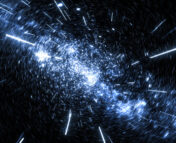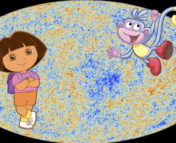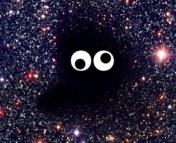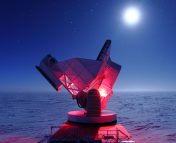Title: The Hitchhiker’s guide to the galaxy catalog approach for dark siren gravitational wave-cosmology
Authors: Jonathan R. Gair, Archisman Ghosh, Rachel Gray, Daniel E. Holz, Simone Mastrogiovanni, Suvodip Mukherjee, Antonella Palmese, Nicola Tamanini, Tessa Baker, Freija Beirnaert, Maciej Bilicki, Hsin-Yu Chen, Gergely Dalya, Jose Maria Ezquiaga, Will M. Farr, Maya Fishbach, Juan Garcia-Bellido, Tathagata Ghosh, Hsiang-Yu Huang, Christos Karathanasis, Konstantin Leyde, Ignacio Magaña Hernandez, Johannes Noller, Gregoire Pierra, Peter Raffai, Antonio Enea Romano, Monica Seglar-Arroyo, Daniéle A. Steer, Cezary Turski, Maria Paola Vaccaro, Sergio Andrés Vallejo-Peña
First Author’s Institution: Max Planck Institute for Gravitationsphysik (Albert Einstein Institute)
Status: Submitted to ApJ
A Guide to the Guide
In 2015, gravitational waves made their spectacular debut and took the world by storm. Not even a decade later, they earned the even more spectacular title of standard sirens and began to take the entire cosmos (or field of cosmology) by storm! But how?
Tip 1: Always carry a ruler
If the name ‘standard siren’ sounds familiar, that’s no coincidence. Gravitational waves are standard sirens in the same way that Type Ia supernovae are standard candles: they both can be used to measure cosmological distances, and therefore, measure cosmological parameters that define the expansion history of the universe. The key difference behind their names is that while standard candles are seen, gravitational waves are heard. Gravitational waves are produced when two massive objects, such as black holes, spiral toward one another. This inspiral tango will produce waves in space-time, similar to sound waves propagating through air or ripples in water. What’s special about these gravitational waves is that they have two polarization states, each producing waves with known amplitudes defined by general relativity. These amplitudes depend on intrinsic properties of the system producing the gravitational wave such as its chirp mass (characterized by the masses of the inspiraling objects), the angle of the system relative to our line of sight, as well as the distance to the system. An observer can fit a gravitational wave observation to a model template to determine the system’s chirp mass and inclination, and once these are known, the distance to the source can be determined! This is an exciting way to measure cosmological distances as it only relies on general relativity to make its measurement, completely independent of any properties of the cosmic distance ladder.
Tip 2: There is no such thing as ‘easy’ in Astronomy
There’s only one problem with the standard siren approach: it has a fundamental mass-redshift degeneracy. A heavy compact binary at a low redshift can look like a light binary at higher redshifts. However, if the gravitational wave has an electromagnetic counterpart, or if its host galaxy is known, its spectrum can be used to determine the gravitational wave’s redshift and break this degeneracy. Unfortunately, the large majority of gravitational wave detections don’t have an electromagnetic counterpart. So what then?
Tip 3: You can’t run from statistics
One way to overcome this issue is through the dark siren + galaxy catalog method, which is also informally known by the cooler name: the dark siren method. In this method, astronomers define a probable volume where the gravitational wave should have originated from, called the localization volume, and use galaxy catalogs to determine all potential host galaxies within this volume. Then, the redshifts of all these galaxies are statistically averaged over to provide an estimate of the gravitational wave’s redshift. But how accurate can this approach be?
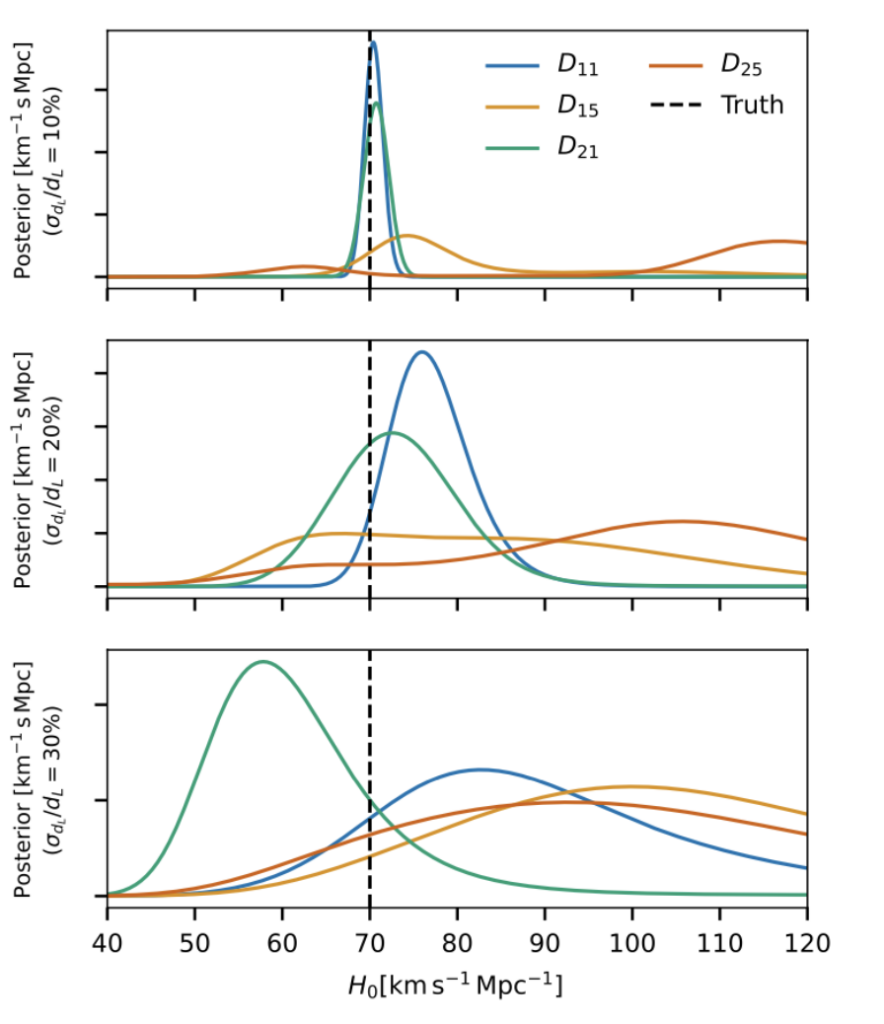
Despite recent concerns, the authors of today’s paper have shown that this method can produce an unbiased measurement of the Hubble constant*. They demonstrated this by simulating 200 gravitational waves in four different cone-shaped areas: D₁₁, D₁₅, D₂₁, D₂₅. The first number represents the observation direction (1 or 2), while the second represents the initial size of the opening angle (1° or 5°). They also test the effects of the size of the gravitational wave’s localization volume by inducing an error in its luminosity distance of 10%, 20%, and 30%. The probabilities of measuring certain values of the Hubble constant under these various conditions are shown in Figure 1. Larger volumes of consideration correspond to less constraining power on the Hubble constant, as the additional galaxies in these volumes can wash out the important constraining power that clusters of galaxies provide to redshift measurements. And, as promised, there is no bias in their measurement of the Hubble constant!*
*so long as you pay careful attention to statistics!
Tip 4: You can’t run from statistics, but you can make other people do the work for you
Hopefully, you noticed my disclaimer! Although the authors have managed to produce unbiased estimates of the Hubble constant, this may not have been possible if they failed to carefully consider the statistical framework underlying the way they generated their data. For instance, the authors highlight that a crucial aspect of their simulation is that they generated gravitational wave events further than the threshold distance of detection. While this may seem counterintuitive, dips in noise fluctuations can actually allow for these events to be observed, and failing to include them may induce bias in your resulting measurements of cosmological parameters. But what else do astronomers need to look out for?
Thankfully, our authors have already done all the hard work in answering this question for us, pointing out some common pitfalls that scientists may encounter when testing the dark siren method. Though it may be beyond the scope of this Astrobite, we leave it as an exercise for the reader. The Hitchhiker’s guide to the galaxy catalog approach for gravitational wave cosmology serves as a great introduction and guide to the dark siren approach!

Edited by: Roan Haggar
Featured image credit: NASA

